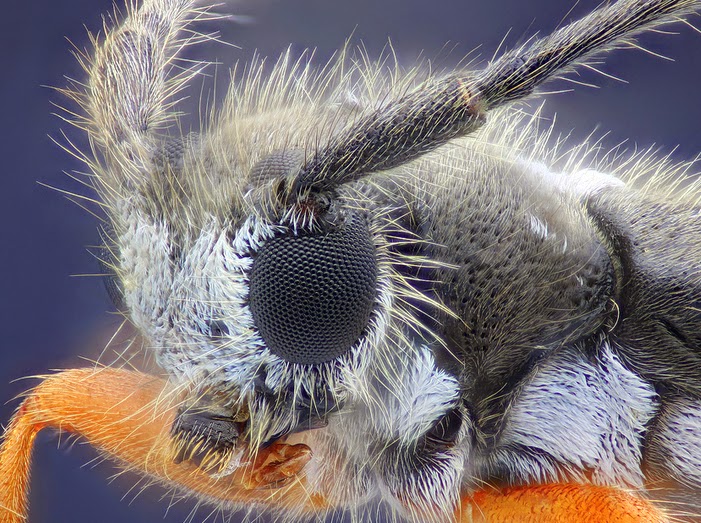


We’ll be firing off as many shots of the subject as possible as quickly as we can. You’ll also want the camera on continuous shooting. From this point forward, you won’t be changing your focus by the lens, but rather moving the entire camera forward or backward to get your subject in focus. On a dedicate macro lens, this would generally mean 1:1 lifesize magnification.
#Zerene stacker vs photoshop manual
Firstly, you’ll want to set your camera lens to manual focus and leave the focus ring set to the closest focusing point. There are a few tips to get started with hand-held shots intended to be focus-stacked. Each grain of pollen is 70 microns long and the image is created using 16 separate frames for increased focus Shooting: For this article, let’s keep things simple with what you already have: no tripod required, and we’ll be using Lightroom and Photoshop. There are tools to achieve this – dedicated tripod accessories called “focus rails” and dedicated software for combining images (Helicon Focus and Serene Stacker are two I’ve used before). The best solution is to use a technique called “focus stacking”, which combines multiple frames together to increase the area of the image that is in focus.įocus stacking requires you to photograph your subject at every single possible focus point you’d like to have sharp, and then combining those images together to get one image where everything has detail. Unlike a landscape photographer who can set their aperture to F/22 and be happy, a macro shooter will likely be rewarded by blurry images – and even if they are sharp, the focus still won’t magically spread from edge-to-edge. Not only is hitting the perfect focus point an exercise in frustration, but often you don’t have enough in focus. One of the biggest challenges facing macro photographers is getting your subject in focus.


 0 kommentar(er)
0 kommentar(er)
